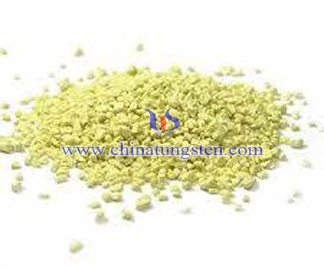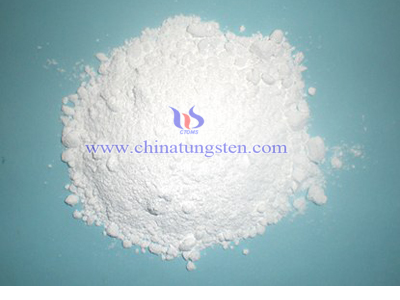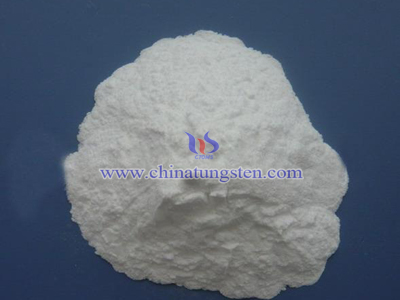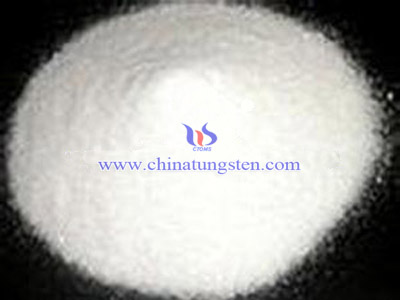Semiconductor Composite WO3 Photocatalyst
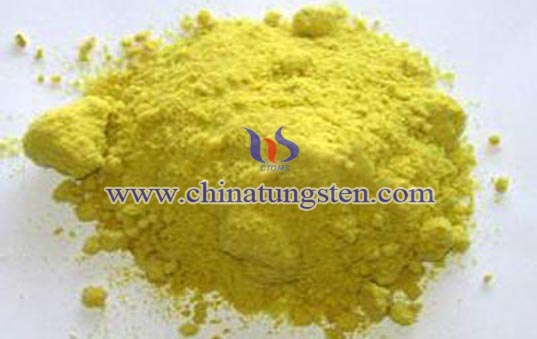
Meaning of Semiconductor Composite
Meaning of the semiconductor composite firstly lies in semiconductor particles having different energy band structure which make the use of narrow bandgap semiconductor to sensitize the nanoparticle semiconductor with wide band gap possible; secondly, that the energy difference between the quadratic element composite semiconductor will benefit to the photo-generated carriers injecting from one energy level of semiconductor microparticle to the another, resulting in a long-term effective charge separation; in addition, different metal ions due to its complex nature and different charge to generate excess charge, also to increase its ability to capture electrons or protons in the semiconductor, so as to enhance the activity of the photocatalyst. Common semiconductor composite photocatalysts are: WO3/α-Fe2O3、WO3/CeO2、WO3/Y2O3、WO3/TiO2、WO3/CdS/W ect..
WO3/α-Fe2O3/W Semiconductor Composite Photocatalyst
A small amount of metal W powder in the composite WO 3 / α-Fe 2 O 3 / W can enhance the catalytic activity of the catalyst. The principle is not only because of the nature of the catalytic metal; the same time, due to the electron-rich on the metal, reducing the concentration of electrons on the surface of the semiconductor, thereby reducing the composite of electron and holes on the surface of the semiconductor (in an aqueous solution, since the impurity level of the interface presence, appearance is the main compound semiconductor within the composite followed), thus accelerating the electron transfer, improve the photocatalytic activity of the semiconductor. Meanwhile, the study also showed that a 1% is the most appropriate amount of adding W.
α-Fe 2 O 3 is a P-type semiconductor, WO 3 is the n-type semiconductor, according to a literature report: n-type semiconductor incorporated P-type semiconductor will bring a high photocatalytic activity. WO 3 has the band gap of 2.4eV~2.8eV, since the P-type of α-Fe 2 O 3 has the band gap of 2.3eV , n-type WO 3 band gap is 2.8eV (take the high-end), a combination of both will broaden the band gap of the photocatalyst to 2.3eV~2.8eV, thereby greatly improving the absorption rate of visible light, thereby enhancing the catalytic activity of WO 3 photocatalyst.
WO3/CeO2 Composite Photocatalyst
Studies have shown that the matrix WO 3 doped CeO 2 can improve the photocatalytic activity, the principle is: When the photocatalyst is subjected to sufficient excitation light energy, band transition of both WO < sub> 3 and CeO 2 occurs at the same time, due to their differences in the valence band and the conduction band energy level, tungsten trioxide conduction band electron transfer to a lower energy level CeO 2 of the conduction band and aggregate, while the photogenerated holes gather in the higher levels of WO 3 valence band. Separation efficiency of photogenerated electrons and holes on this basis is higher than the pure WO 3 and CeO 2, so as to enhance its catalytic activity.
WO3/CdS/W Composite Photocatalyst of Wastewater Treatment
Experimental studied the depth treatment of dyeing wastewater by using WO 3 / CdS / W composite photocatalyst, the results showed that under conditions of the appropriate component mass ratio of WO 3 : CdS : W = 60: 39: 1, the COD, color removal rate of dyeing wastewater respectively reached 69.8% and 71.0%.
There are two forms of crystal of cadmium sulfide (CdS): α- formula presents in the form of lemon yellow powder; β- formula presents in the form of orange powder. High purity of CdS is a semiconductor with excellent property, which has a strong visible light photoelectric effect, and can be applied in the production like photoelectric cells, solar battery, light-sensitive resistors, photocatalyst ect.. Studies have shown that adding an appropriate amount of CdS into WO3 can improve the catalytic activity of the photocatalyst. That is because WO3 has the larger band gap of Eq = 2.8eV, and the CdS has the smaller band gap of is Eq = 2.12eV, the composite use of WO3 and CdS will substantially increasing the absorption rate of visible light.
New Tungsten Trioxide Composite Photocatalyst
In recent years, the development and application of new photocatalytic materials attracted researchers' attention, such as WO 3 and graphene composite photocatalysts, which is reported that can completely degrade Rhodamine B within 15 minutes.
Because of the porous structure and special composition, the discovered tungsten trioxide - graphene photocatalyst has shown an excellent performance. The tungsten trioxide nano-framework can efficiently absorb the visible light due to multiple reflections in the pores. Also, the generated charges will quickly transfer to the graphene, thus to avoid the charge recombination. In addition, graphene nanosheets exposed on the surface of the photocatalyst, which guarantees the π-π contamination between graphene and dye pollutant, and thus lead to high absorption rate of catalyst material on the substrate. These combined features enhance the degradation of dye pollutants by the photocatalysis.

